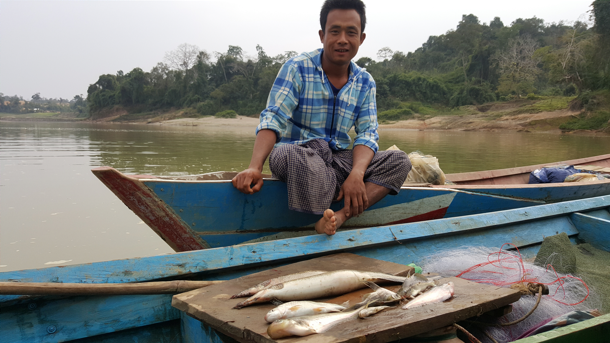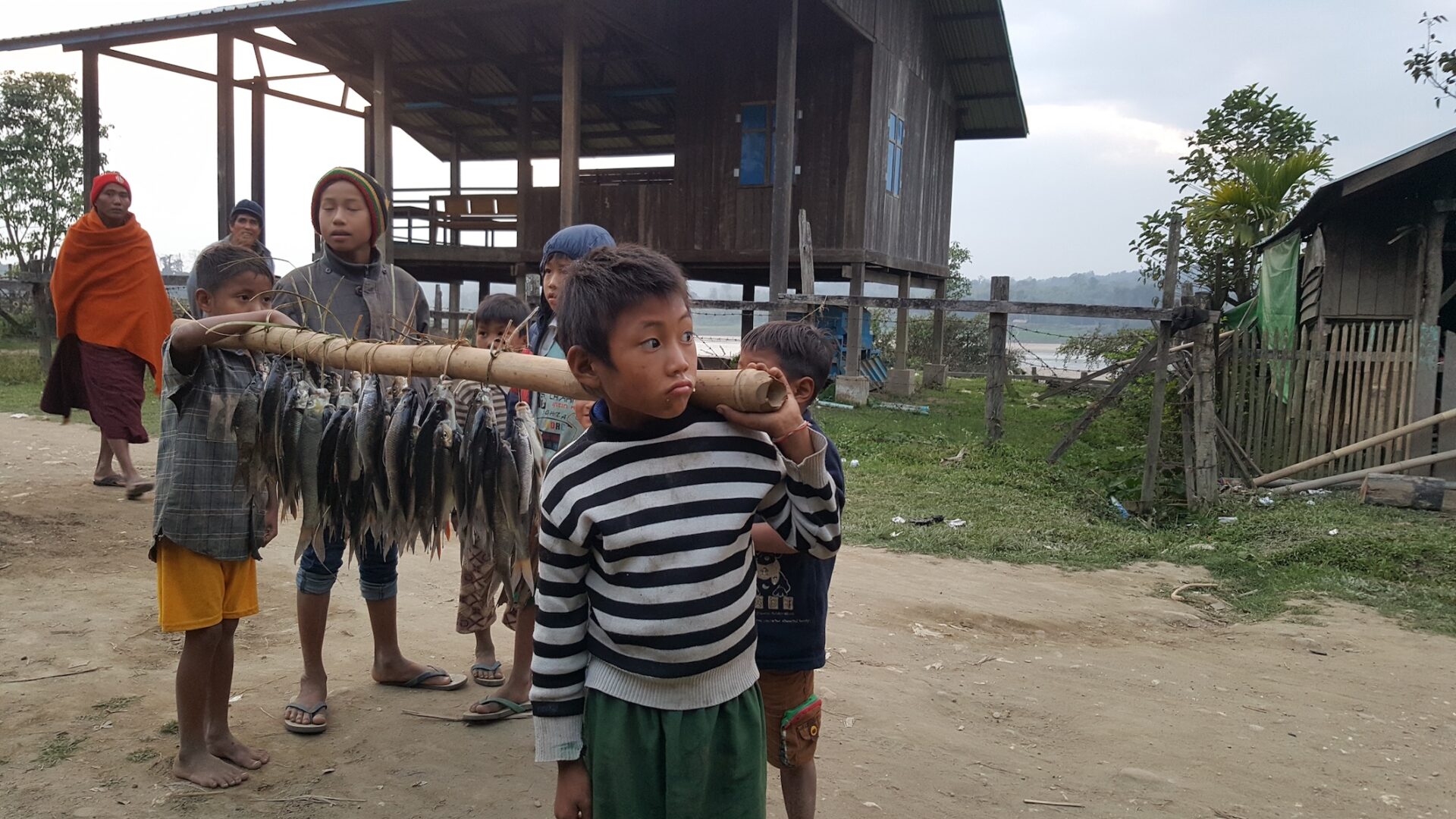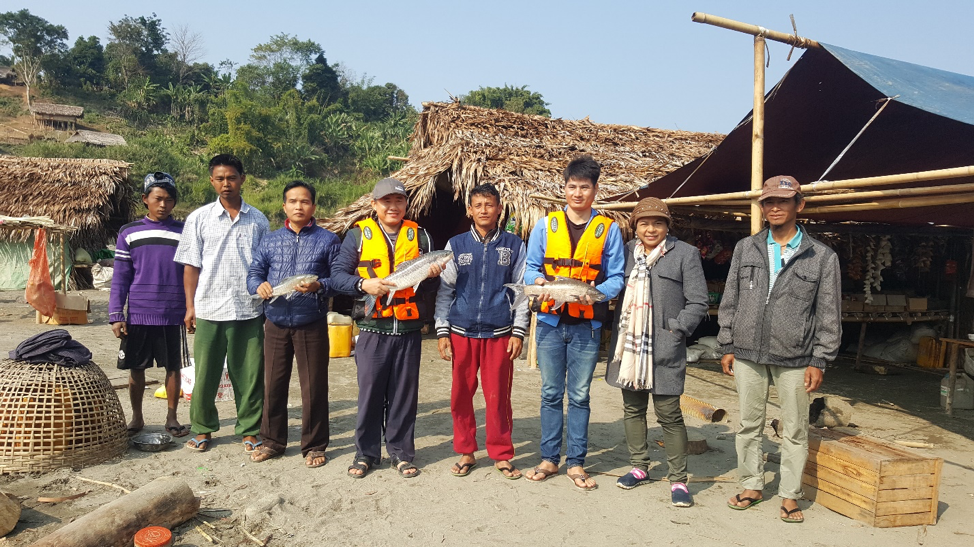Friday August 5, 2022
In today’s Flashback Friday, we take a trip across the world to Myanmar to learn about fish conservation in the Chindwin River.
The Chindwin River is the largest tributary of the Irrawaddy River in Myanmar, with a total length of about 1,200 km. This river plays a significant role in the wide range of lifestyles of people living alongside it, including gold mining, boat navigation, and harvesting natural resources such as fish and other aquatic animals to sustain food security and income. Farming is the primary livelihood for the vast majority of local people, and fishing is generally a part-time job for many families. If people catch more than they need to eat, they sell their fish in the villages, to middlemen, or at the local markets. Household fishing usually takes place on the wetlands, small steams, and floodplain areas, while fishing for commercial purposes usually takes place in the mainstem Chindwin River. Commercial fishers need to buy a fishing license from the community fishing concessions officer. The fishing concession is a three-year contract with the government, and includes eight categories of river fishing managed by the Fisheries Department.
In response to the rapid decline in fish catches along the Chindwin River from overfishing and other threats from human activities (such as gold mining and chemical use for agriculture), the Wildlife Conservation Society, Turtle Survival Alliance (TSA) and the FISHBIO Lao office are working together with local communities for a project called “Securing Local Participation in Conservation of River Turtles in Myanmar.” This project supported by the Critical Ecosystem Partnership Fund (CEPF) aims to establish a network of locally protected sites to sustain populations of fish and other river species.
WCS and TSA have more than 10 years of experience working with local Chindwin River communities, and are now taking on the challenge to establish brand new of Fish Conservation Zones (FCZs). WCS and TSA hope these conservation zones will preserve the endangered Burmese Roofed Turtle (Batagur trivittata), which is threatened by entanglement in fishing gear, while the communities hope to sustain their local fish stocks. In the process of community consultation meetings for the project, FISHBIO’s Lao staff joined the TSA team to share our experiences and provide training and support for TSA on how to proceed with the steps of establishing FCZs, and also led an FCZ field survey.
Our team completed seven village consultation meetings during January and February of this year. We made presentations to communities about the concept of FCZs and their benefits for long-term conservation, and also introduced guidelines for fisheries co-management developed by the World Wide Fund for Nature. Many villages still needed more time for discussion to achieve a final village consensus before moving forward to draft FCZ regulations and mark FCZ boundaries. We look forward to continuing to work with TSA and WCS as they raise conservation awareness about FCZs with these communities and build understanding about how to use aquatic resources sustainably.





